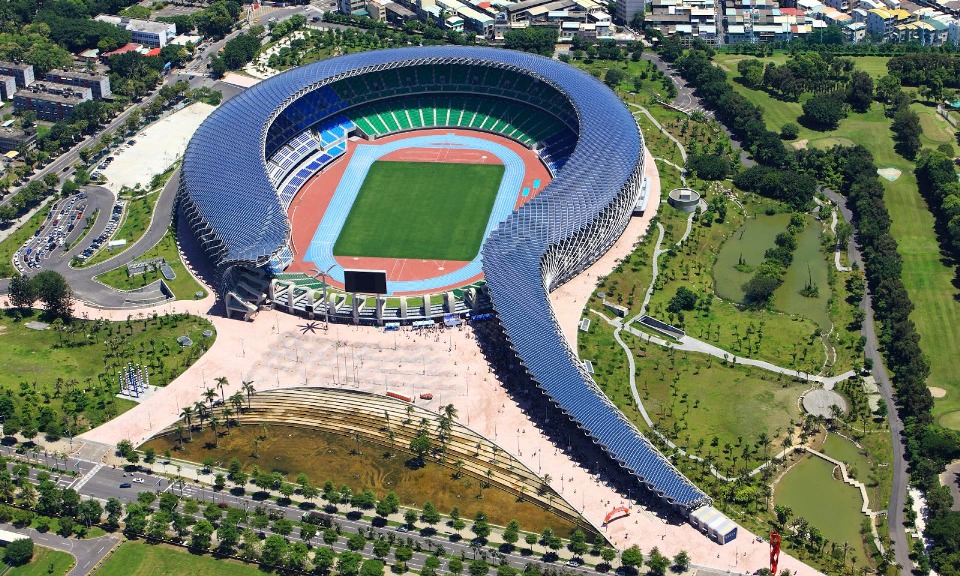Taiwan, Philippines, Vietnam, Indonesia and Thailand are major markets with combined solar capacity additions expected to triple in the next five years, while wind capacity additions are expected to grow five-fold in the same period.
According to Black & Veatch, three of these, Taiwan, Philippines and Vietnam, could become the fastest growing markets for renewable energy in the Asian region.
“The opportunity for clients, including power producers, is in implementing technologically advanced, cost competitive and bankable engineering, procurement, construction (EPC) solutions. Deploying time and motion studies and drones, for example, has the potential to cut project schedule and cost,” said Mitesh Patel, the new director for Black & Veatch’s renewable energy businesses in Asia, Europe, Middle East and Africa.

Patel’s appointment comes at a time when Black & Veatch is stepping up its support for clients seeking end-to-end solutions: from initial conceptual studies to financing options, and full program management and project delivery, a release from B&V said.
Patel says the company also sees the deployment of microgrids on the horizon offering utilities and large consumers of power the opportunity to proactively work together to help integrate intermittent renewable energy with fossil-fueled power. This approach will lead to the delivery of a stable and widely accessible power supply that can accelerate energy transformation and universal electrification. Off-grid solutions, like solar mini and microgrids, can also provide power to island communities and remote areas where expanding the existing grid has traditionally been economically unviable.
“Renewables can also offer a competitive edge for industrial sectors with a high energy demand and the need for stable, uninterrupted power supply, such as data centers and mining,” said Patel.
Thus, a key area on which Patel will focus is improving the bankability of renewable energy projects in Asia, and other markets, through hybrid power systems that incorporate multiple sources of renewable energy with battery storage – and smart distribution technology – to stabilise fluctuating output from renewable energy sources.
This means Patel will be collaborating with energy suppliers to resolve the technical complexities of integrating renewable energy generation and battery storage with existing generation and transmission assets, the release added.
Featured photograph shows The National Sports Stadium of Taiwan that is powered fully by solar panels. The 50,000-seat stadium is clad with over 8,800 solar panels (Photo: inhabitat)



